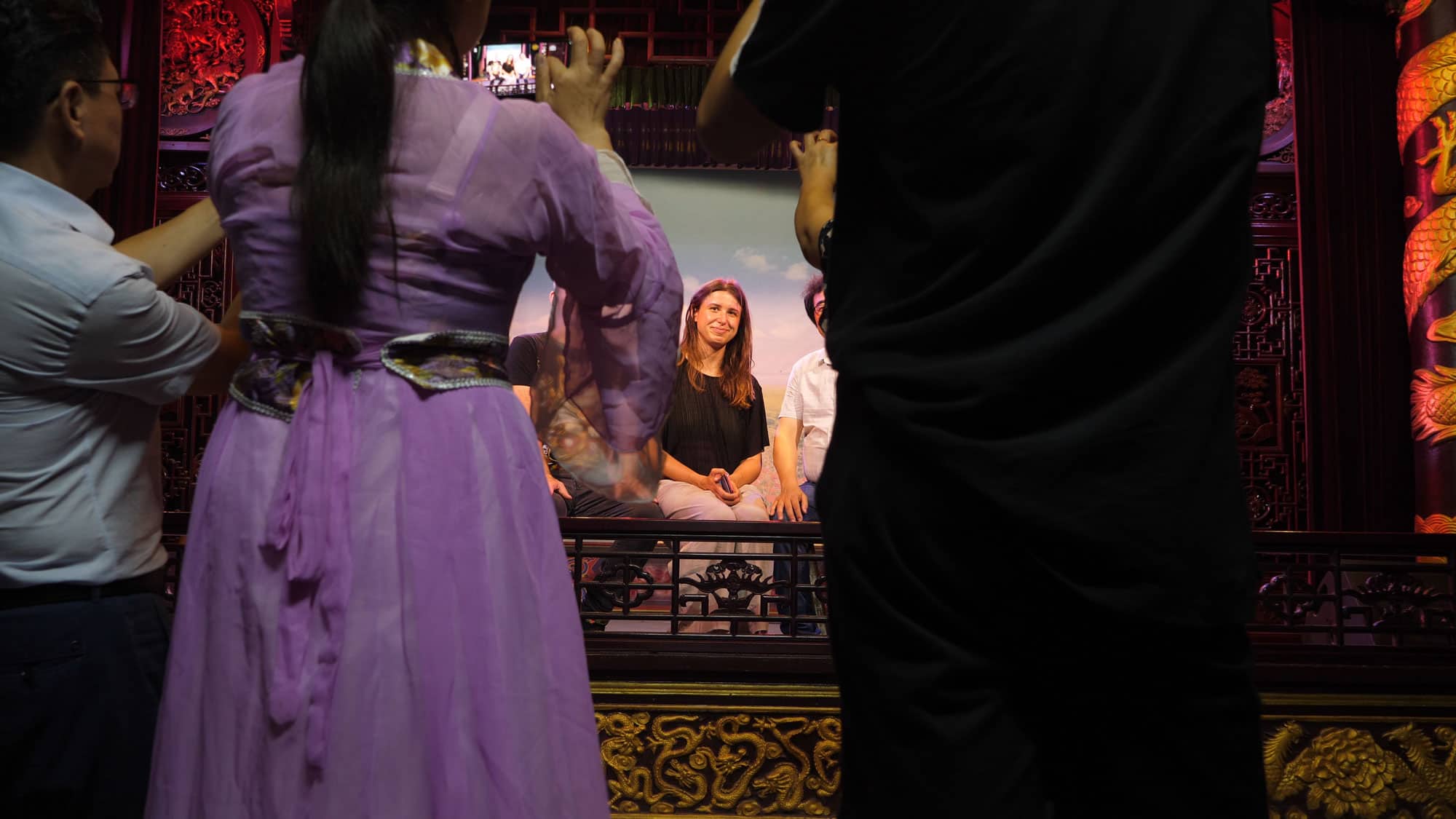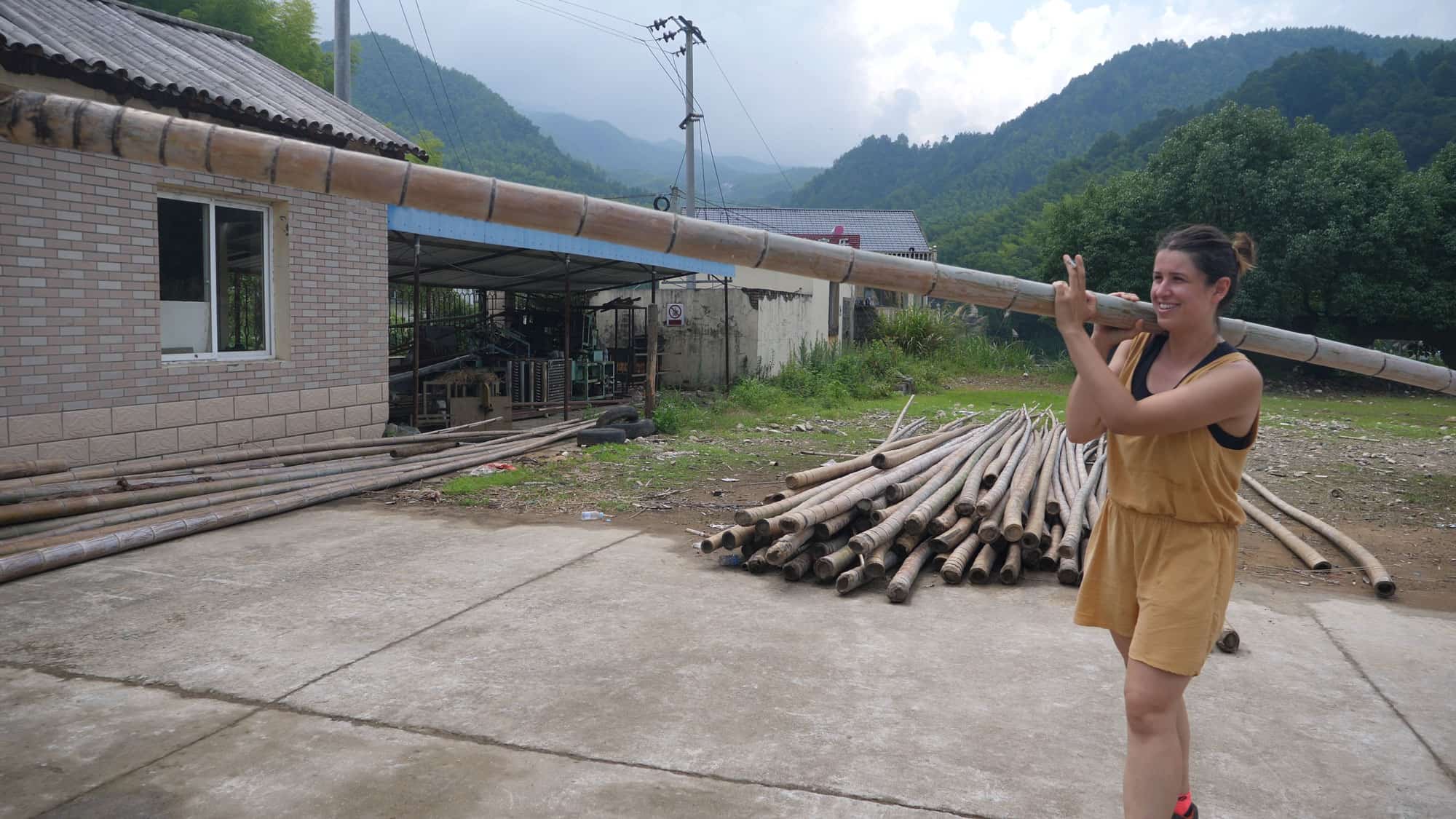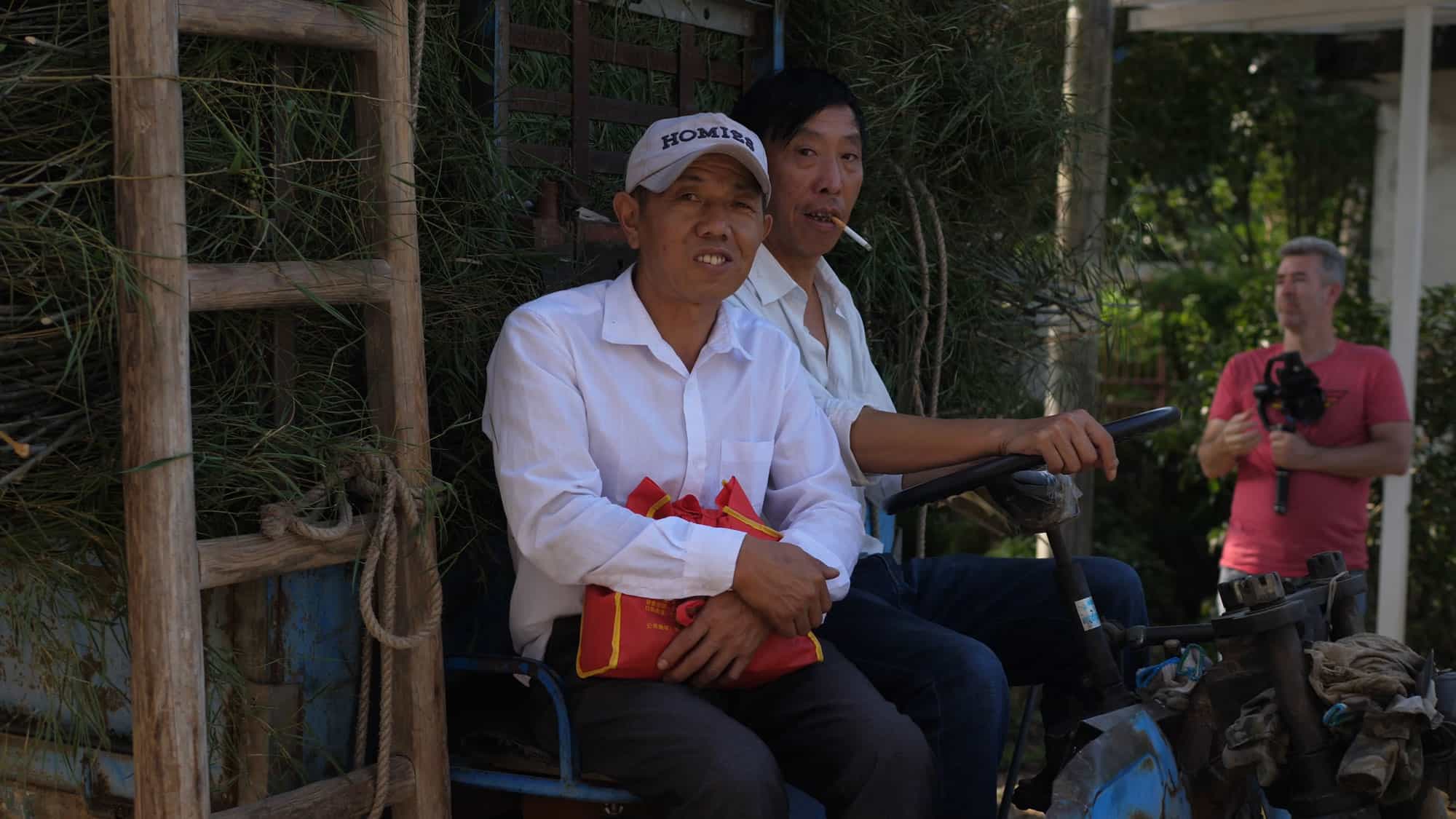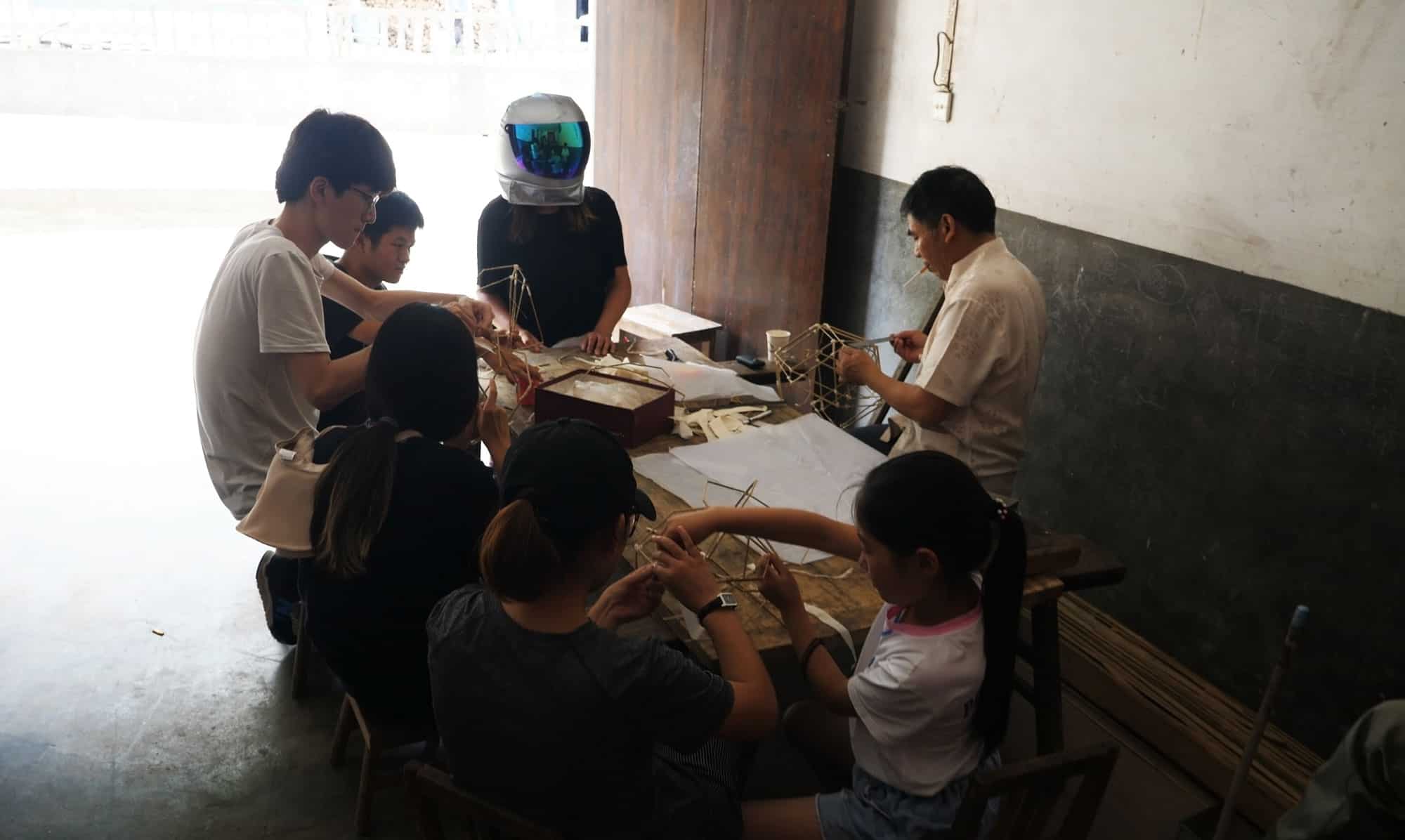Monika Czyżyk (born 1989, PL) is a visual artist living and working in Helsinki, Finland. Her works comprise various forms and lengths of the moving image. She regularly relocates to participate in hybrid socio-institutional formations seeking out the topics and materials created within these collaborative communities.
She tells us about her stay at the residency in Beijing. The programme is run by the Institute for Provocation, an independent art institution and project space founded in 2010.
Anna Dziuba: How did you find out about the residency programme? What was the application process like?
Monika Czyżyk: I heard about the residency programme for the first time during my visit to Beijing in the autumn of 2016. I was impressed by the programme as well as by the surrounding architecture and the location of the residency.
At that point I also learnt that the residency was sponsored by international foundations. The open call was addressed to artists from the countries the organiser was collaborating with. Luckily, in 2018, the Institute for Provocation initiated collaboration with the Finnish Cultural Foundation. As I am based in Helsinki, it was a perfect opportunity for me to apply to. The Finnish Cultural Foundation hold their annual call for residency programmes in August. The Foundation collaborates with ten different target institutions which the candidate can choose from. Since one can apply at the same time to more than one programme, my first choice was the Institute for Provocation in China and the second was Triangle Studio in New York City. I was successfully granted a place at the former in the spring of 2019. In the application form I described my fascination with China and the first ideas about my project.
AD: What does your regular art residency day look like?
MC: There is absolutely nothing like a regular day at the residency, at least not in China. Yet, I managed to build a little routine for myself. Every morning I cycled from our apartment to the studio which was then located in Beijing’s gallery circuit known as the 798 Art Zone. I usually started the day by doing research and getting in touch with different people. I also re-watched the video material that I had recorded previously as well as planned the next shoots. I had the chance to work with a wonderful assistant named Dakota who was there to help me three times a week. Her assistance was integral in coping with the matter of Chinese to English translation. She also helped me with editing several production scenes etc. At the end of my residency I had a solo exhibition at a satellite gallery called C5 which collaborated closely with the residency organiser. Preparations for the exhibition were really intense and it also took time to execute it. The staff were very reliable and dedicated to helping the residents’ vision turn into reality.
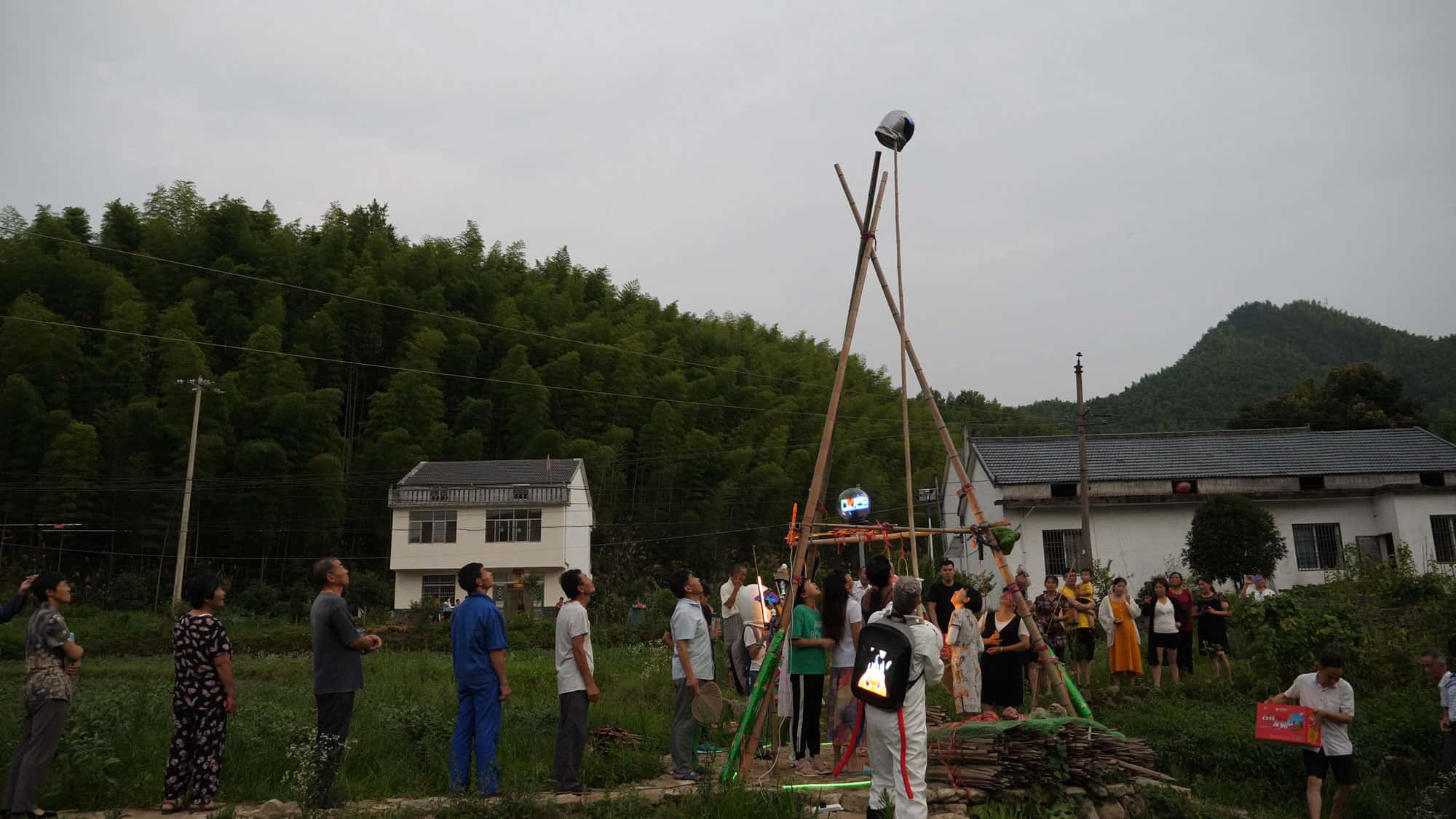
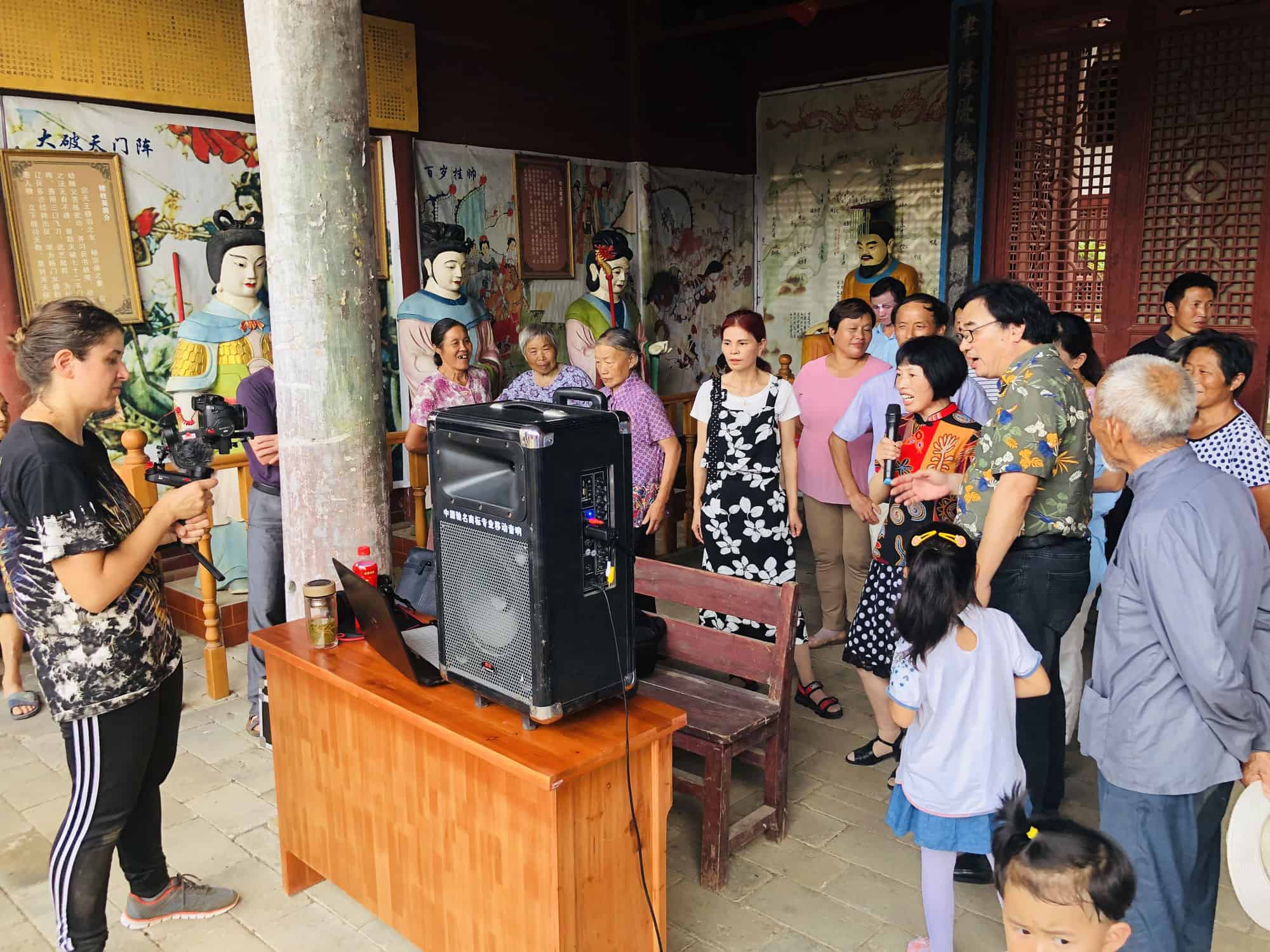
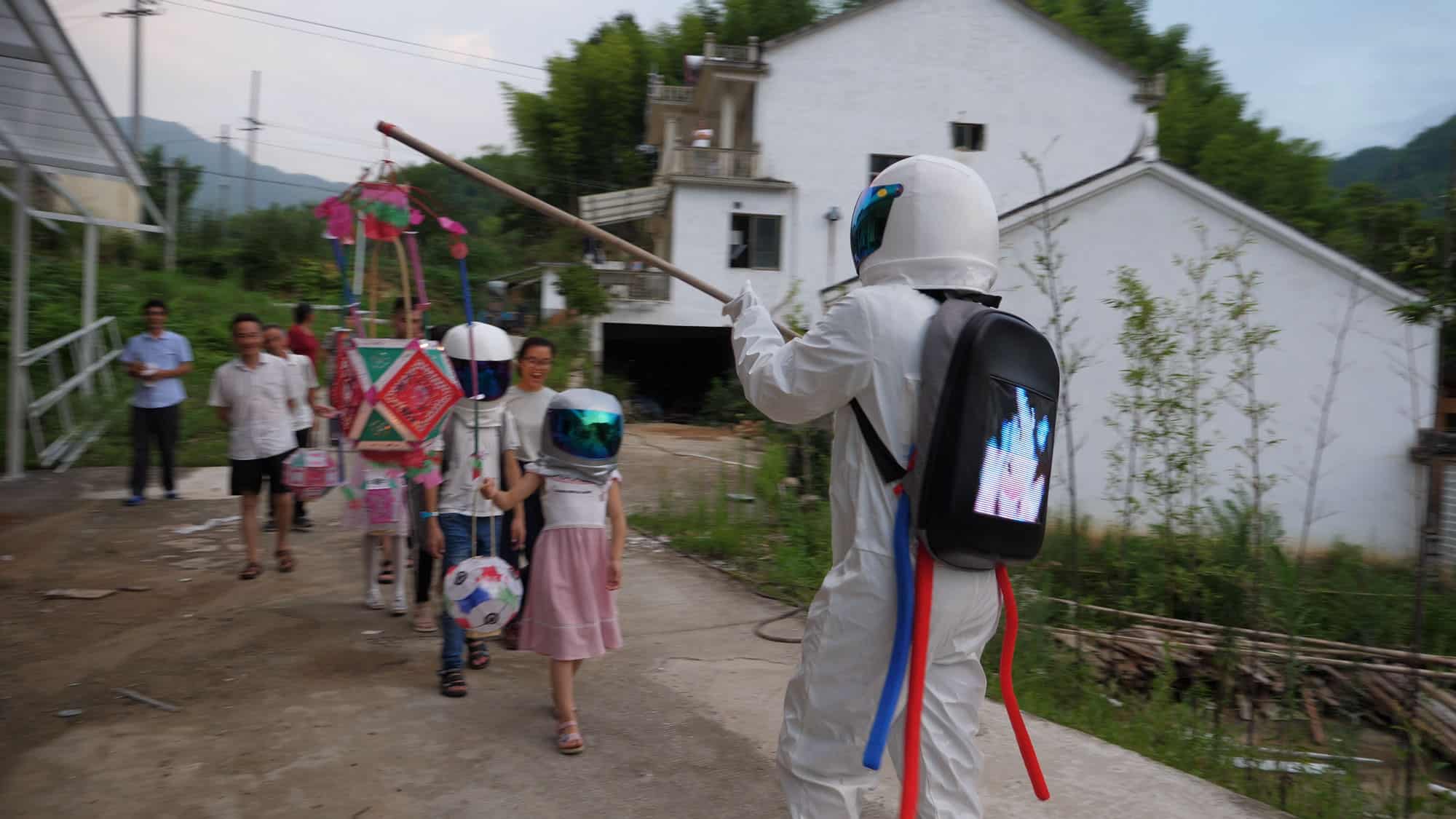
AD: In your experience, what distinguishes working as part of residency from working in your atelier?
MC: In my case, it’s a totally different kind of process to work in an artist residency than in my own private studio. It’s almost like having a different brain chemistry. Of course it depends on the place and context of the residency. I have had really exciting and productive experiences having worked in Lagos, Beijing and New York City. I have been located in these extreme megacities with so many diverse kinds of art activities going on. In all cases I invested a lot of my energy into cooperation with local communities with my work being very site-specific. Whereas in my Vartiosaari studio it’s all about reflection. A sort of meditation on my past experiences. My studio is located in the deep woods on an island in Helsinki.
AD: Do you prioritise spending time on your work or on meeting new people and exploring the city?
MC: I think it does really depend. When a deadline is approaching, I tend to prioritise the so-called ‘work’. It’s a common scenario that at the beginning of their residency period, artists are very open, full of enthusiasm and happy to explore the town and make new friends. But when the end approaches we become machines working 24/7 to finalise projects and ensure everything is ready for the final presentation or exhibition. That’s just how the process is and there is nothing wrong about it. We can only accept the reality of being a human with limited time. In my case, exploring new places and meeting people is fundamental to my creative practice. My work originates from such encounters and only when I find something that has strongly influenced me, and when my intuition confirms the findings, I can begin to work. I concentrate, exploring one particular place or person and build up the story from there. In the contemporary art world one can no longer draw the line between work and meeting people. In the life of a contemporary artist, meeting people is part of the work itself.
AD: What challenges and opportunities did the residency involve?
MC: In my opinion, residencies are made to open the doors of local reality. They are an inspiring source of invaluable information. They allow the visiting artist to explore deeper the local communities and art institutions which hopefully share networks and contacts. They are a tool for global communication. They accelerate the process of artistic output. Residency indeed gives the artist a feeling of mightiness – yes you can! You are given the green light to go with your wild experimental ideas. Often the line ‘I am a resident at…’ does really help a lot.
Of course it’s challenging to quickly settle in the a new place and work under time pressure. The bizarre flow of time during the residency period is a very interesting phenomenon. It shrinks very quickly but at the same time one has an impression of having been there for ages. It’s also challenging to understand the local culture in depth, be politically correct and work in an environment where communication is not easy. But all of this is a part of the process and will usually exercise major influence and impact on the new artwork.
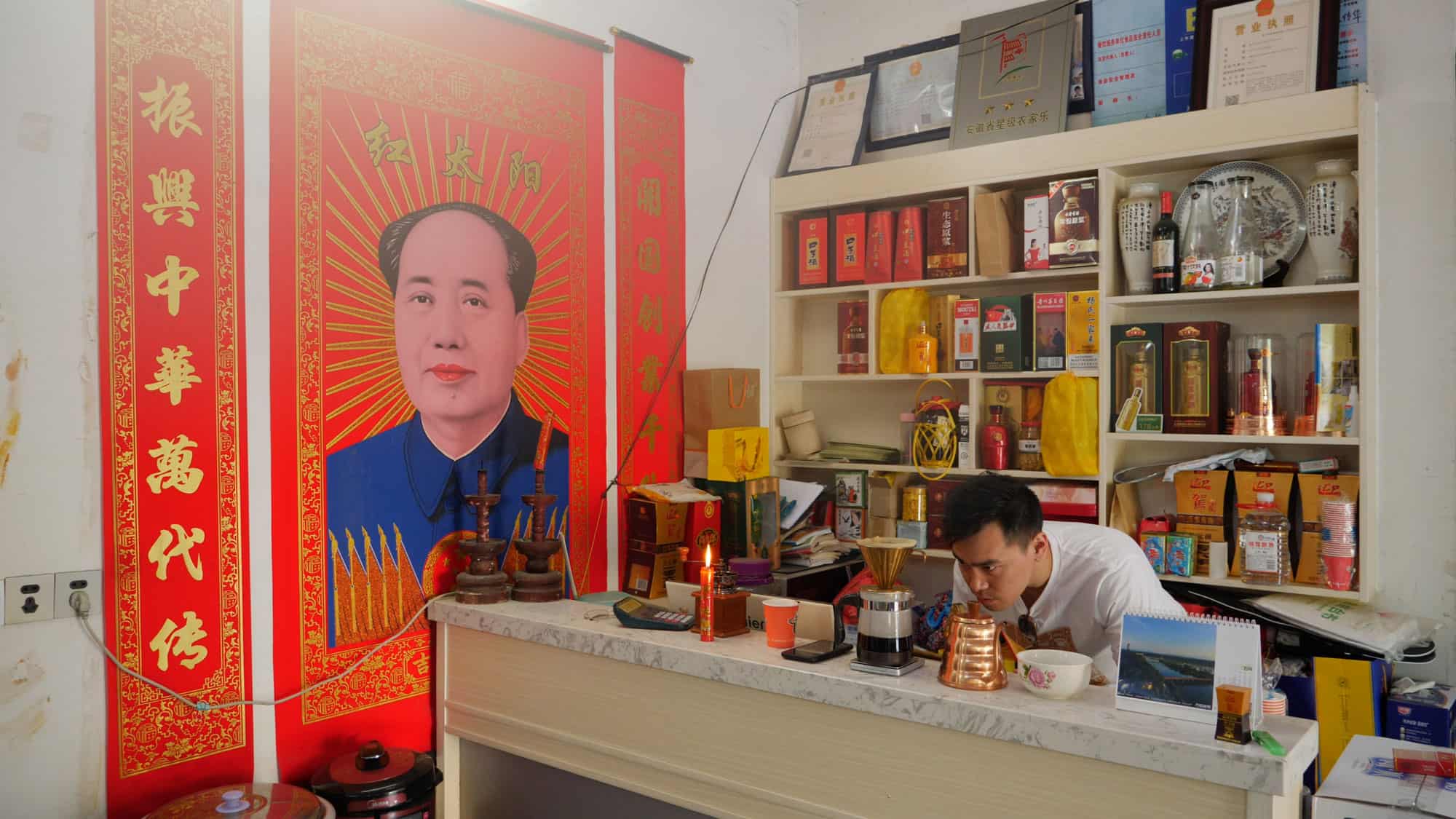
AD: Name three objects which were of most importance to you during the residency.
- Smartphone (you will not survive in China without the WeChat application),
- My camera equipment which I consider as one unit (camera, microphone, gimbal, SD cards, chargers),
- Computer for editing purposes.
If I could add more: together with my co-resident and friend Simon Wald-Lasowski and my partner Torsten Zenas Burns we had a weekly habit in Beijing of going to the last surviving wholesale outdoor night market called ‘Ghost Market’. It opens every Tuesday around 8pm and goes on until early morning hours. One can buy extraordinary objects there. It’s a massive flea market, where people browse through dusty antiques with flash lights strapped to their heads. It’s a very cinematic spot. We all share a passion for rare items. I found my model rocket during one of my visits, it later inspired some of my Chinese performance and video projects.
AD: What role did the institution play in your residency programme? What support did it provide you with?
MC: Well, definitely the Institute for Provocation had some institutional power. They are an institution created by passionate people who believe in its importance. It’s a place which connects a wide range of people whose work is based on research and bold thinking. As the founder of the residency, Mrs. Chen Shuyu, said, when I asked her about the idea behind its name, she gave me three key words: anti-institutionalisation, mutual provocation, self-organisation. The residency connects with local researchers, curators and global residents they welcome into their artist community. The structure and range of activities of the residency is very flexible and really depends on each resident group’s needs and desires. Together with the other resident we were both given the possibility to have an exhibition at the end of our residency. We were also encouraged to create smaller-scale events, performances, screenings and share our research with the public. So these three months were super-productive for me as I could participate in a group show and have a solo exhibition myself. I actually had to extend my visa because after the residency I was commissioned to execute a site-specific performance project in a traditional Chinese village in Anhui province.
AD: What would you recommend to artists going abroad for an art residency?
MC: I would recommend them to enjoy the time and space they are given. Residencies are a funny construct of the contemporary state of things in art. I think it’s nice to have a goal, a thought, a starting point and then open up and allow things to happen. It’s a great opportunity to try new things. To explore new subjectivities. Be courageous, fearless, communicative and respectful.
Edited by Franciszek Bryk
